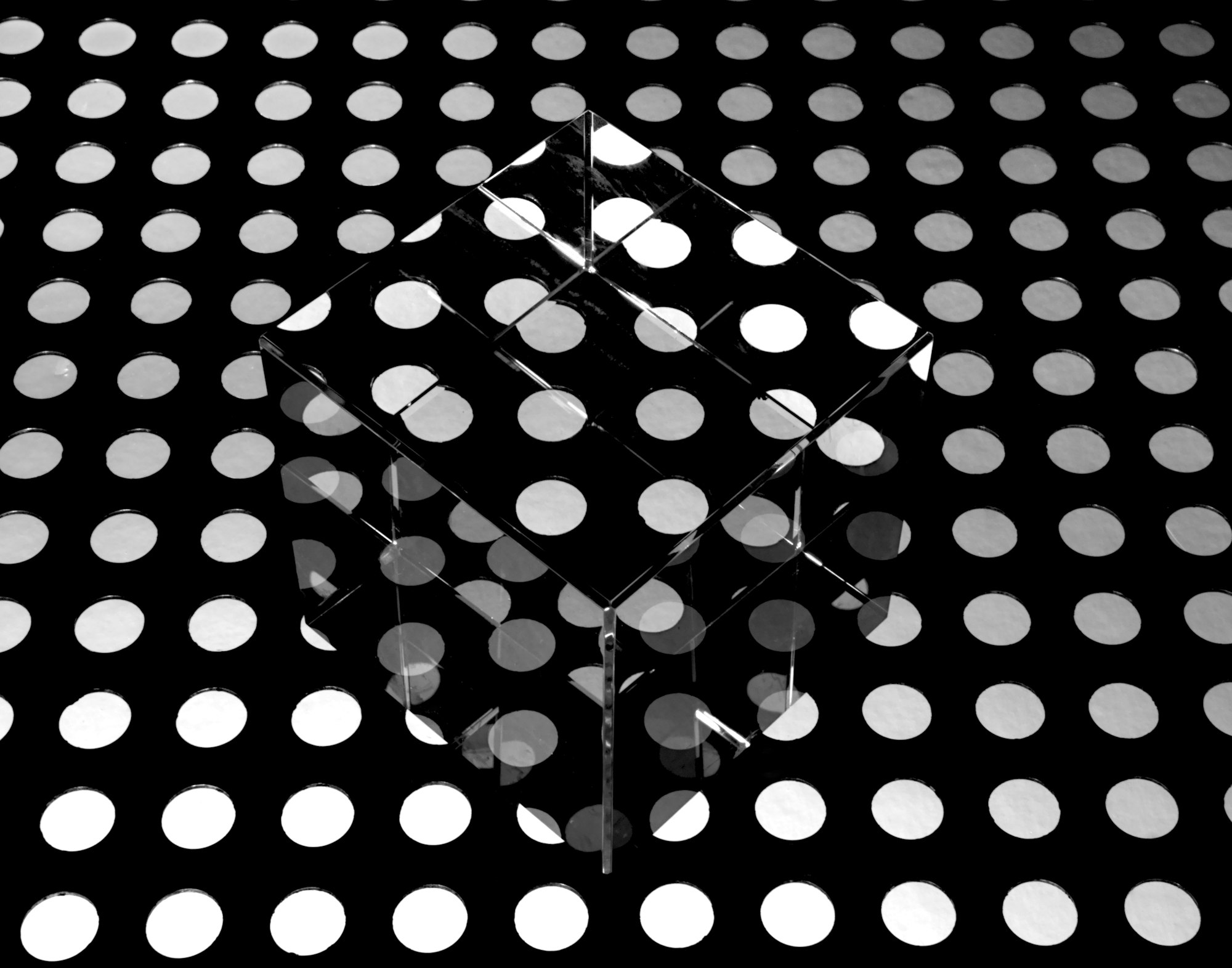Phantom Brain
What if I tell you, most of the time you are in a hypnotised state? Even right now, when you are reading this.

What if I tell you, most of the time you are in a hypnotised state? Even right now, when you are reading this.

We believe (mostly) in what's visible (flat earth), and the same happens inside our brains. Sometimes thinking is not a conscious (visible) process that is under our control. So it's hard to leave big important ideas alone. Maybe that's exactly what we need to do. Embrace the idea of Focused and Diffused learning modes.
Focused Mode - If you are like me, then that's what you were doing it all along. Staring at the problem and reading material around it. Hoping that the feedback loop will be instant and you will get the answer.
This may work with some of the cases, but not all, especially not with the problems that don't have boolean outputs.

Focused Mode Tip - A technique in which you summon a tomato-shaped timer and work in fixed blocks of time. You can only touch your phone once the timer is over.
Diffused Mode - This mode is activated without your will once you collect enough data in focused mode (reading research papers, opinions of experts on the topic, skimming few books on the topic).
Once you have done this, leave the problem alone and get a life and focus on something else (that's may sound like the dumbest idea). In short, let the mind do its work in isolation. This is called diffused mode (giving a break to your brain by focusing on something else).
In this mode, cross-pollination of ideas happen. You let your brain wander around the information and connect dots to build knowledge. This is the mode that gives you idea-gasm. You suddenly get the WOW factor and feel like a genius because your brain came up with a solution out of nowhere. That's diffused mode in play. Your mind was doing the work, without telling you (that's a new level of cheating).

The most crucial ingredient for the diffused mode to work is that you spend enough time with the problem, collect the information because that's the food for the sub-conscious engine. You need to collect dots before connecting them.
Edison refused to believe that this was out of his control. So he would sit on a chair with a ball bearing in his hand. Beneath his hand, he would place a metal bucket. Now, he would think about a problem and drift to sleep. He would wake up with the noise and immediately start the process again.
In short, Edison just hijacked his mind and was switching between focused and diffused mode.
